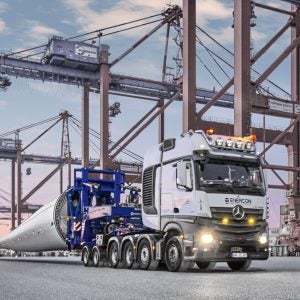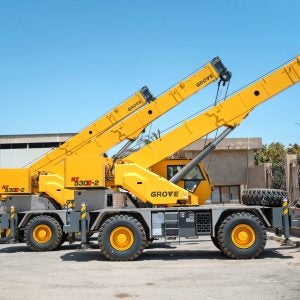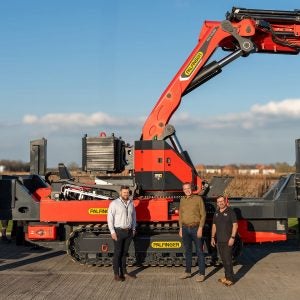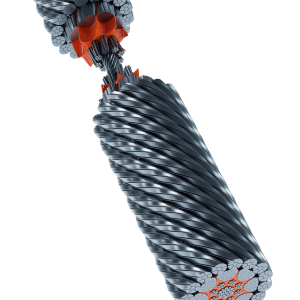Revenues for the full year 2008 were AUD410.3m, from restated revenues of AUD350m in 2007. EBITDA earnings were down 7% at AUD90.1m, from AUD97.1m. New profits after tax fell 46% from AUD34.4m to AUD18.6m
The company identified a series of problems that had hit profits. In Western Australia, it said cross hiring for casual hire jobs had cost AUD2m. The integrated of Boom Sherrin and Moorland hit profits by a further AUD2m, and underperforming capital investment at Boom Sheering had cost AUD3m. Problems with crane hire systems and processes cost AUD2m, while skills shortages in remote areas cost AUD3m. The company said overhead increases and gross margin erosion had cost AUD6m, as a result of growing too fast.
In all, these issues cost the company around AUD16m in 2008. By contrast, problems with weather, blamed by the previous management for the company’s poor performance were only identified as being responsible for AUD3m of lost profits. However, the new management team used the results to put forward plans to turn the company around.
The company said it would put in to place back-to-back agreements to reduce the cost of cross hire. Systems issues at Sherrin and Moorland have been remedied, but work needs to be done on revenue recovery. Systems would be upgraded across the company, with a core crane customer interface implemented by January 2009. The company will look to identify underperforming assets for possible divestment; this could raise AUD10m over the next six months. Finally, investments would be made in improving overheads and improving margins. However, Boom said, there will be a time lag between making new investments and seeing improvements.
As well as reducing costs, the company has entered into a refinancing agreement with three banks, nabCapital, BankWest, and GE Capital. The banks have agreed a three year revolving AUD165m debt facility, and a three year, AUD32m working capital and general transactional facility.
The company said the financing facilities had been structured in such a way as to allow it to retain many of its existing equipment lease finance and hire purchase facilities. Because these are directly linked to physical assets, they incur lower interest. Existing leases make up AUD56m of the revolving debt facility, and a further AUD98m of leases have been retained with financial groups not participating in the refinancing agreement. After the deal, Boom’s debt will cost it around 9% in 2009.






